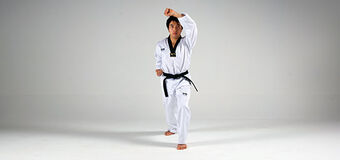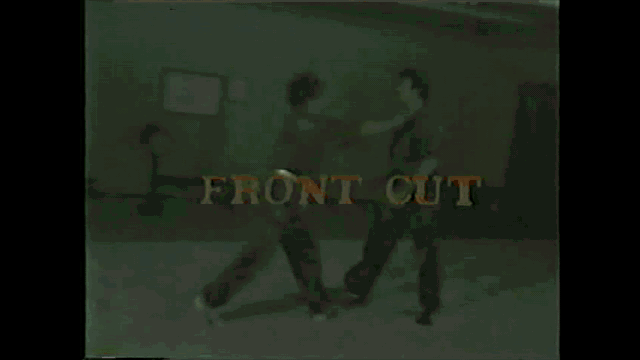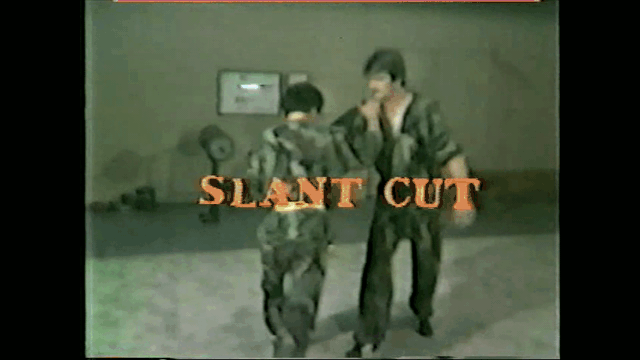A: What's the correct way to do an upward block?
B: It depends. If you intend to hurt your opponent's punching arm, you use a hard block. If you intend to move in, your block should be as light as to hold the curtain up, you then walk under through. How much force do you need to hold up a curtain?
In Kukkiwon Taekwondo if you are doing an upward block, it's always the same way, accelerating through the range of motion to reach maximum speed at the point of impact.
How you can apply that means there are different ways of doing it, but the technique has a strict standard and one way to be performed. Maybe we're talking different things (and GM Earl made a similar point so maybe I'm not making myself clear). When we teach upwards blocks, everyone goes through the same starting point, same motion and same ending point. All students, all masters, the same.
If when we're practicing them in class, doing line drills or poomsae, someone starts going light/softly claiming they're holding a curtain up, or moving more outwards at the top, claiming they're redirecting a downward stick strike, they are doing it wrong. That's not how to do a standard rising block.
If we're doing self-defence/one-step sparring and they use a slightly amended version, that's completely fine, that's a practical application of the basic movement.
Think to the Karate Kid. When he was doing sand the floor and Mr Miyagi was showing the application, he went to bend down to the floor (the right way to sand it, but the wrong way to apply it). The basic motions build "muscle memory" and co-ordination/strength in tiny stabilising muscles. But the application is different to the basic motion.



